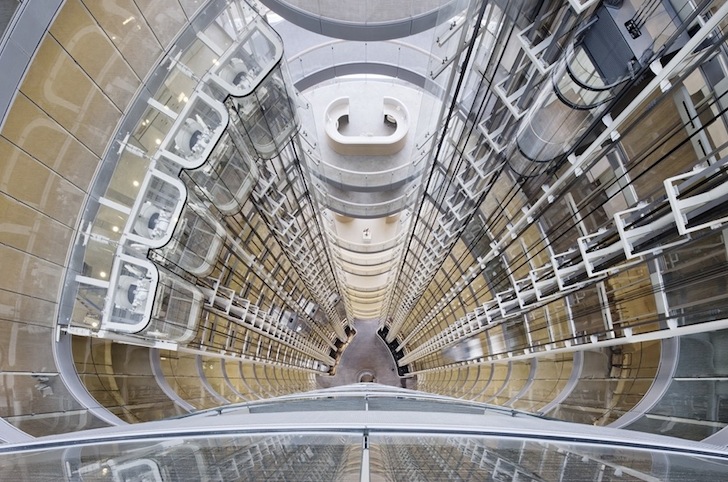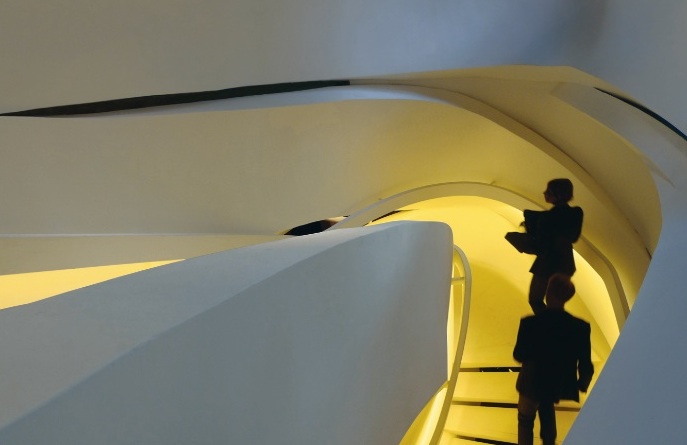Anyone who has ever made the trek to Florence and then to the monastic complex of San Lorenzo in search of Michelangelo’s Laurentian Library understands the magnifience of a staircase.
Of course, Michelangelo’s work at the Laurentian Library vestibule is sui generis – but also a monumental testament to the glories of public spaces.
Edited by Christian Schittich, “Designing Circulation Areas” examines the potential for grandeur that exists when architects are faced with designing foyers, reception areas, and circulation areas.
As Michelangelo’s staircase in Florence evinces with such magnificence, a grand entryway is a building’s calling card: a first impression that might well become the lasting one.
Illustrated with numerous photographs and drawings, the 176-page “Designing Circulation Areas” provides a wide range of examples on the beauty of circulation areas. Architectural specialists regard the topic from various perspectives, highlighting successful circulation areas from buildings around the world.
Derided at its opening in 1959, Frank Lloyd Wright’s Guggenheim Museum in New York, for example, is now widely considered an architectural masterpiece for its breathtakingly vertiginous entrance hall.
One of the title’s key merits is the examination of the range of possibilities available to architects when faced with building regulations and daunting locales. As Michelangelo understood when working with the Medici, architecture for princes serves the public as well.





